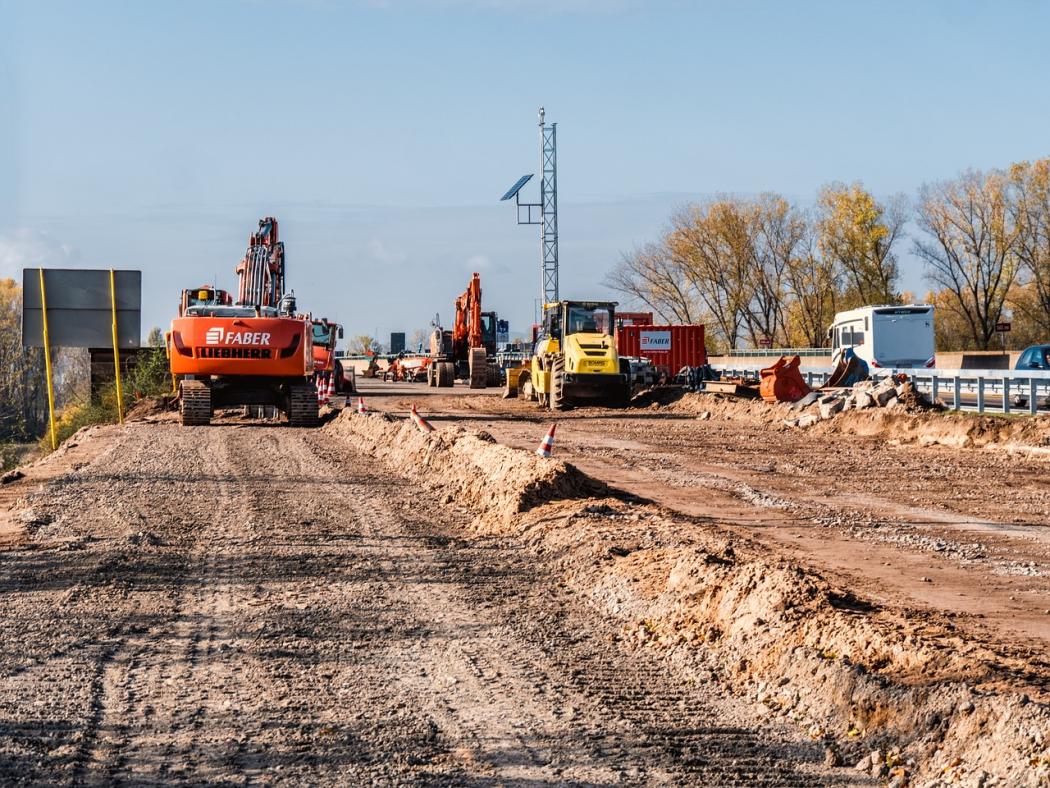The Federal Court of Auditors (Bundesrechnungshof, BRH) accuses the Federal Ministry for Digital and Transport (BMDV) in a current report of significantly embellishing its own bridge modernization program. Contrary to the ministry's statements, the program is "by far not on schedule." This emerges from a report by the Federal Budget Code, which the Budget Committee of the Bundestag received under the title "On the sluggish modernization of dilapidated bridges on federal highways."
The basis is a BMDV report from March 2022. At that time, the ministry had examined the state of bridges on federal highways. Especially on motorways, a bridge often consists of several individual structures, each for each direction. According to the Federal Court of Auditors, around 8,100 substructures on motorway bridges – about a third of all considered – as well as about 3,000 substructures on federal roads were classified as in need of
modernization. These structures are to be either strengthened or completely renewed.
Following this assessment, the ministry launched a comprehensive modernization program. Autobahn GmbH des Bundes was commissioned with the implementation. Initially, around 5,000 particularly critical substructures were to be modernized. From the year 2026, the number of modernizations was to increase to 400 substructures annually. However, according to the Federal Court of Auditors, more than 450 substructures have already needed to be renewed annually on average since 2022 to reach the set goal by 2032.
The Court of Auditors is particularly critical of the interim balance drawn by the ministry in September 2024. This was significantly too positive because the BMDV counted all substructures completed by Autobahn GmbH as program progress. In doing so, a significant portion of the structures did not meet the criteria of the modernization program. The actual number of necessary modernizations was
also stated too low by the ministry. The Federal Court of Auditors concludes:
"Both make the program's success appear too positive."
In practice, implementation lags far behind the plans. According to the report, in the last three years only about 40 percent of the construction modernizations planned by the BMDV had been implemented. The backlog is particularly drastic in the current year 2024: Instead of the planned 280 substructures, Autobahn GmbH has only modernized 69. From the perspective of the Court of Auditors, it is already foreseeable that the targets will not be met in the coming years either.
"The gap between modernized substructures and planned modernizations according to the bridge modernization program will continue to grow annually," the report states.
Another problem concerns financing. The funds for the program are budgeted in the federal budget non-transparently. Autobahn GmbH cannot quantify how much it spends annually
on bridge renovation. From this, the Federal Court of Auditors concludes:
"The BMDV cannot assess to what extent the funds would need to be increased."
The Court of Auditors therefore recommends establishing a separate budget item for bridge modernization to create more transparency and planning security.
Furthermore, the financing via the newly created special fund of 500 billion euros is open. Whether funds will be available from it for transport infrastructure and specifically for bridges is unclear. If the special fund is to be used, it must also adhere to the principles of binding budget planning, according to the Federal Court of Auditors.
The criticism from the Court of Auditors questions the progress picture communicated so far by the federal government. For companies in the freight transport sector that rely on intact infrastructure, the modernization of bridges remains an open construction site – both literally and






